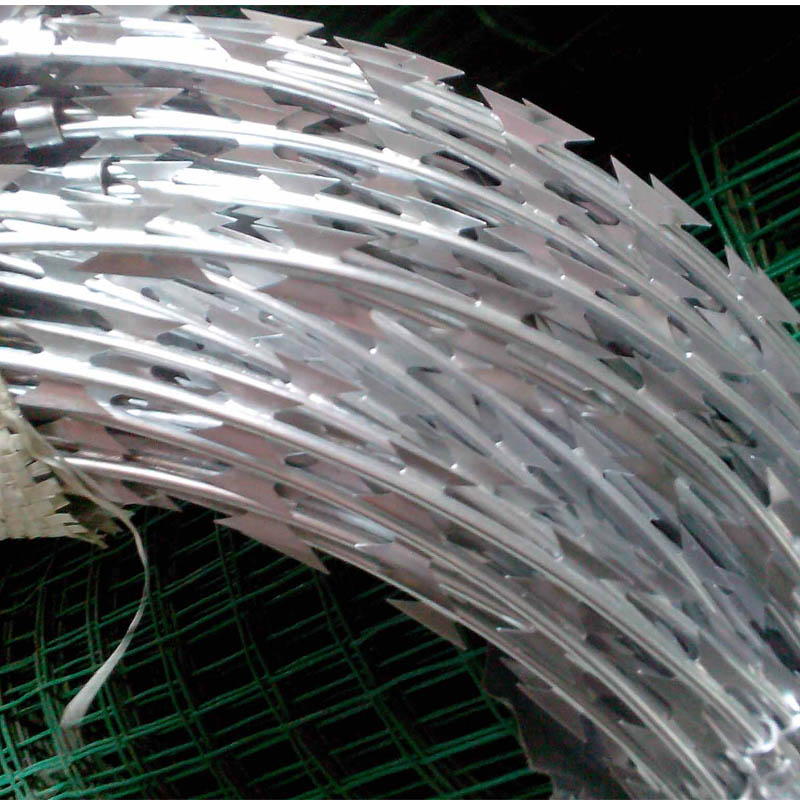
- Mobile Phone
- +8613931874955
- sales@cntcmetal.com
Applications of Wire Mesh in Concrete Construction and Reinforcement Techniques
What is Wire Mesh Used for in Concrete?
Wire mesh is an essential component in various construction projects, particularly in the reinforcement of concrete structures. As concrete itself is strong in compression but weak in tension, wire mesh provides the necessary support to enhance the overall structural integrity. In this article, we will explore what wire mesh is, its types, and the crucial roles it plays in concrete applications.
Understanding Wire Mesh
Wire mesh, also known as welded wire fabric (WWF), consists of a series of interwoven steel wires forming a grid pattern. These wires are usually made from low-carbon steel, which offers a balance of strength and flexibility. The mesh can vary in wire diameter, spacing, and overall dimensions, depending on the specific requirements of a project. Additionally, wire mesh can be galvanized or coated to resist corrosion, making it suitable for various environmental conditions.
Types of Wire Mesh
1. Welded Wire Mesh This is the most common type used in concrete reinforcement. The wires are welded together at their intersections, creating a rigid mesh that can be easily handled and placed in concrete.
2. Fiber Reinforced Mesh While not strictly wire, this type combines traditional wire mesh with synthetic fibers, enhancing crack resistance and overall durability.
3. Chain Link Mesh Although more common in fencing, chain link mesh can sometimes be found in specific architectural applications or temporary structures.
Each type of wire mesh has its unique benefits and applications, allowing engineers to choose the most appropriate one based on structural demands and environmental factors
.what is wire mesh used for in concrete

Roles of Wire Mesh in Concrete
1. Reinforcement The primary role of wire mesh in concrete is reinforcement. It improves tensile strength, reducing the likelihood of cracking and structural failure. This is especially important in slabs, pavements, and walls, where tension forces are prevalent.
2. Load Distribution Wire mesh helps distribute loads more evenly across a concrete surface. This ensures that any applied loads, be it from vehicles, machinery, or even wind forces, are spread out, preventing localized stress concentrations that could lead to failure.
3. Crack Control Wire mesh acts as a barrier to crack propagation. When concrete inevitably cracks due to shrinkage or thermal expansion, the mesh helps hold the cracks together, minimizing their width and preventing the separation of concrete pieces.
4. Durability Incorporating wire mesh into concrete can increase the overall durability of the structure. It makes the concrete more resistant to impact, vibrations, and other forces. This leads to longer-lasting structures that require less maintenance over time.
5. Ease of Installation Using wire mesh simplifies the installation process. It can be laid out quickly and easily, reducing the labor costs and time associated with traditional reinforcement methods like rebar.
6. Cost-Effectiveness By enhancing strength and durability, wire mesh can contribute to cost savings over a structure's lifecycle. Although the initial investment may add to project costs, the long-term benefits of reduced maintenance and repair expenses often outweigh these costs.
Conclusion
Wire mesh plays a pivotal role in modern construction, particularly in concrete applications. From reinforcing and distributing loads to controlling cracks and enhancing durability, its advantages are significant. As the construction industry continues to evolve, the use of wire mesh remains a foundational aspect, showcasing its vital contributions to safe, sturdy, and long-lasting structures. By understanding its functions and types, builders and engineers can make informed decisions, ensuring that their concrete projects comply with safety and quality standards while meeting the demands of contemporary architecture.
share:
-
Your Source for Concrete Wall Ties and Masonry AccessoriesNewsJul.10,2025
-
Unlocking the Power of Iron Wire for Every ProjectNewsJul.10,2025
-
Explore Advanced Chain Wire and Stainless Steel Mesh FencingNewsJul.10,2025
-
Discover the Benefits of Annealed Wire ProductsNewsJul.10,2025
-
Discover China Stainless Steel Wire Mesh SolutionsNewsJul.10,2025
-
Build with Confidence Using High-Performance Masonry AccessoriesNewsJul.10,2025
-
Why Sacrificial Formwork Is Redefining Underground ConstructionNewsJun.06,2025



















